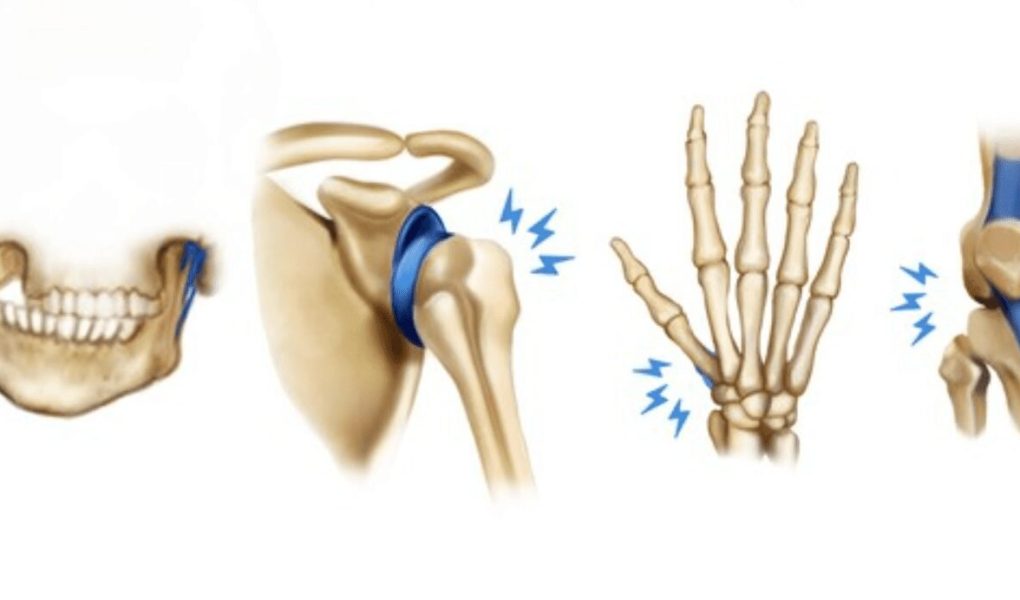Subluxation in Ehlers-Danlos Syndrome (EDS) can feel like a sudden, sharp pain or a subtle shift in the joint. It is a common concern for those with EDS, causing discomfort and instability. Understanding what does subluxation feel like in EDS can empower individuals to manage their symptoms effectively. Let’s delve into the nuances of this experience and explore ways to navigate subluxations with greater ease and comfort.
What Does Subluxation Feel Like in Ehlers-Danlos Syndrome (EDS): Understanding the Uncomfortable Experience
Introduction
Living with Ehlers-Danlos Syndrome (EDS) can present unique challenges, especially when it comes to subluxations. Subluxation refers to the partial dislocation of a joint, which is a common occurrence for individuals with EDS. In this article, we will delve into the world of EDS and explore what subluxation feels like for those dealing with this condition on a daily basis.
Understanding Ehlers-Danlos Syndrome (EDS)
Ehlers-Danlos Syndrome is a group of connective tissue disorders that affect the skin, joints, and blood vessels. The condition is characterized by hypermobility, skin hyperextensibility, and tissue fragility. People with EDS often experience joint laxity, making them more prone to subluxations and dislocations.
What Causes Subluxations in EDS?
In EDS, the collagen and other connective tissues that support the joints are weaker than normal, leading to joint instability. This instability can result in subluxations, where the joint shifts out of its normal position partially. Subluxations can occur in various joints throughout the body, such as the shoulders, knees, hips, and spine.
What Does Subluxation Feel Like?
When a subluxation occurs, individuals with EDS may experience a range of sensations that can vary in intensity. Some common feelings associated with subluxations include:
1. Pain
One of the most prominent sensations during a subluxation is pain. The affected joint may ache, throb, or feel sharp, depending on the extent of the partial dislocation. The pain can be localized to the joint itself or radiate to surrounding areas.
2. Instability
Individuals may feel a sense of instability or looseness in the joint during a subluxation. It can feel like the joint is not securely in place, leading to difficulties in movement and weight-bearing.
3. Popping or Clicking Sensation
Some individuals report hearing or feeling a popping or clicking sensation when a subluxation occurs. This can be alarming and add to the discomfort of the experience.
4. Muscle Spasms
Muscle spasms are also common during or after a subluxation. The muscles around the affected joint may tighten in response to the instability, leading to further pain and restricted movement.
5. Numbness or Tingling
In some cases, individuals may experience numbness or tingling sensations in the area affected by the subluxation. This can be due to nerve compression or irritation as a result of the joint misalignment.
Coping with Subluxations in EDS
Dealing with subluxations in EDS can be challenging, but there are strategies to help manage the discomfort and prevent further joint damage. Here are some tips for coping with subluxations:
1. Joint Support
Using braces, splints, or tape to support the affected joints can help stabilize them and reduce the frequency of subluxations.
2. Physical Therapy
Engaging in physical therapy exercises that focus on strengthening the muscles around the joints can improve stability and reduce the risk of subluxations.
3. Pain Management
Over-the-counter or prescription medications may be used to manage pain associated with subluxations. It is important to consult with a healthcare provider before starting any pain management regimen.
4. Lifestyle Modifications
Avoiding activities that put excessive stress on the joints, maintaining a healthy weight, and practicing good posture can all help prevent subluxations in EDS.
Living with EDS and experiencing subluxations can be challenging, but with the right support and management strategies, individuals can improve their quality of life and reduce the impact of joint instability. If you or someone you know has EDS and struggles with subluxations, reach out to a healthcare provider for personalized advice and assistance in managing this aspect of the condition. Understanding what subluxation feels like in EDS is the first step towards effectively coping with and addressing these uncomfortable experiences.
What Does a SUBLUXATION Feel Like? [LOUD CRACKS!]
Frequently Asked Questions
What are the common symptoms of subluxation in individuals with Ehlers-Danlos Syndrome (EDS)?
In individuals with EDS, subluxation can cause a range of symptoms including joint pain, instability, swelling, and localized tenderness. Some may also experience muscle weakness, limited range of motion, and a feeling of joints shifting out of place.
How can subluxation feel different compared to regular joint pain in individuals with EDS?
Subluxation in individuals with EDS can feel more sudden, severe, and unpredictable compared to regular joint pain. It may involve a sensation of joints partially dislocating or moving out of alignment, leading to a feeling of instability and discomfort.
What factors can trigger or worsen the sensation of subluxation in individuals with EDS?
Factors such as physical activity, repetitive movements, sudden jerks or twists, and even changes in weather can trigger or worsen the sensation of subluxation in individuals with EDS. Poor posture and muscle weakness can also contribute to increased joint instability.
Can subluxation in EDS lead to long-term joint damage or complications?
If left untreated or not properly managed, recurrent subluxations in individuals with EDS can potentially lead to long-term joint damage, chronic pain, and increased risk of developing osteoarthritis. It is essential to seek medical advice and explore appropriate treatment options to prevent complications.
Final Thoughts
Subluxations in Ehlers-Danlos syndrome (EDS) can cause discomfort, instability, and pain. What does subluxation feel like in EDS? It can feel like joints slipping out of place, leading to a sense of looseness or weakness. Individuals may experience sharp or dull pain when joints partially dislocate. Managing subluxations in EDS involves strengthening muscles, using supportive braces, and seeking guidance from healthcare professionals. Early recognition and appropriate treatment can help alleviate the discomfort associated with subluxations in EDS.




